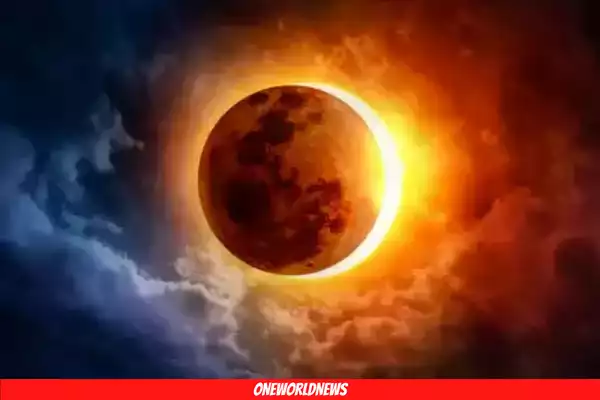
Solar and Lunar Eclipse 2023: Date, Time and the necessary Precautions to take
In 2023, there will be a total of four eclipses, including two lunar eclipses and two solar eclipses. On April 20, 2023, a solar eclipse occurred during Vaishakh Amavasya, which is the new moon day of the Hindu month of Vaishakh. This was the first solar eclipse of the year, and it was visible from various parts of the world, except India. Everyone is curious about how many eclipses will take place, their visibility and other such information. Read on to know details about the upcoming Solar and Lunar eclipse 2023.
This year will be a sight for the eclipse-chasers, as the world will witness four eclipses in 2023. Out of these four eclipses, two will be visible from India, as revealed by an astronomy expert. The first solar eclipse of the year has already occurred on April 20. The second eclipse will be much easier and will be incredible to watch, especially for North Americans.
Read more:- E-Shram Card: Registration, Apply Online, Benefits, Payment Status, Balance Check, Download
A Calendar of eclipses in 2023
April 20: Solar Eclipse (Hybrid)
May 5: Lunar Eclipse (Penumbral)
October 14: Solar Eclipse (Annular)
October 28-29: Lunar Eclipse (Partial)
What is a lunar eclipse?
A lunar eclipse occurs when the Moon moves into the Earth’s shadow, causing the moon to be shadowed and become dark. The Moon might appear red, orange, brown, or disappear entirely for a total eclipse, depending on the type of the eclipse.
Upcoming Lunar Eclipses
With the celestial events already started, a ‘penumbral’ lunar eclipse on the intervening night of May 5 and May 6 will occur, starting from May 5, 8:44 pm till May 6, 1:01 am . This will be the first lunar eclipse and will not be easily visible to the naked eye. The second lunar eclipse of the year will occur on October 29 at 5 and will start at 1:06 am IST. It will end at 2:22 am IST.
It’s a partial lunar eclipse. The Chandra Grahan on May 5 is not visible in India and the one on October 28/29, 2023 is visible and followed in India. As much as 12.6 percent of the Moon will remain in Earth’s shadow during the eclipse.
What is a solar eclipse?
A solar eclipse takes place when the Moon passes between Earth and the Sun, hindering the view of the Sun from a small part of the Earth, either totally or partially.
Upcoming Solar Eclipse
April 2023 saw this year’s first solar eclipse, the second solar eclipse will be on October 14, 2023. Like the first one it is also less likely to be visible from India. However, the cosmic event can be witnessed through live telecast from other countries. This Annular Solar eclipse will last its maximum for approximately 5 minutes.
Type of Solar eclipse Date Time
Annular Solar eclipse 2023 October 14, 2023 11:29 PM to 11:34 PM
Complete timing, starting from Oct 14 till Oct 15
Partial Solar eclipse beginning: 08:33 PM
Full Solar eclipse beginning: 09:40 PM
Maximum annular Solar eclipse: 11:29 PM
Full eclipse ending: 01:18 AM
Partial eclipse ending: 02:25 AM
Locations: West in Africa, North America, South America, Pacific Ocean, Atlantic Ocean, Arctic Ocean
Precautions to take
It is essential to take precautions during the eclipse, and individuals should know all things to avoid any harm to the eyes and the skin.
- When watching a partial or annular solar eclipse directly with your eyes, you must look through safe solar viewing glasses (“eclipse glasses”) or a safe handheld solar viewer at all times. Eclipse glasses are NOT regular sunglasses; regular sunglasses, no matter how dark, are not safe for viewing the Sun. Safe solar viewers are thousands of times darker and must comply with the ISO 12312-2 international standard.
Always supervise children using solar viewers.
- Do NOT look at the Sun through a camera lens, telescope, binoculars, or any other optical device while wearing eclipse glasses or using a handheld solar viewer — the concentrated solar rays will burn through the filter and cause serious eye injury.
- NASA recommends using proper filters like black polymer, aluminized Mylar or welding glass of shade number 14. Alternatively, one can project the image of the Sun on a whiteboard using a telescope or observe it through a telescope or binoculars during a lunar eclipse.
People around the globe view the event for its astronomical, scientific, and astrological significance, using safety gears and filters.
Like this post?
Register at One World News to never miss out on videos, celeb interviews, and best reads.








